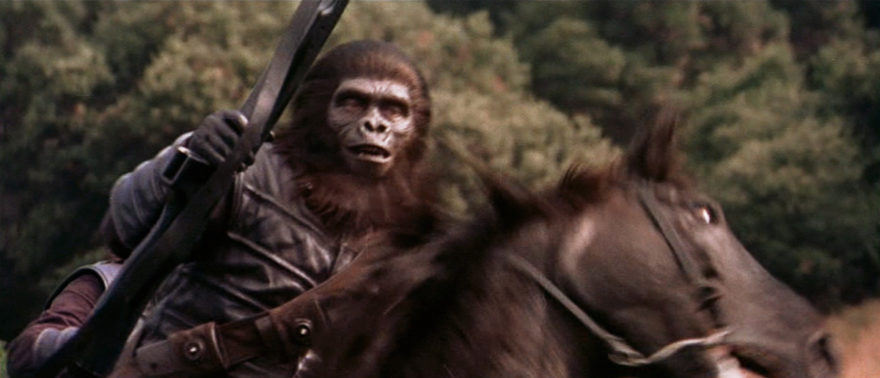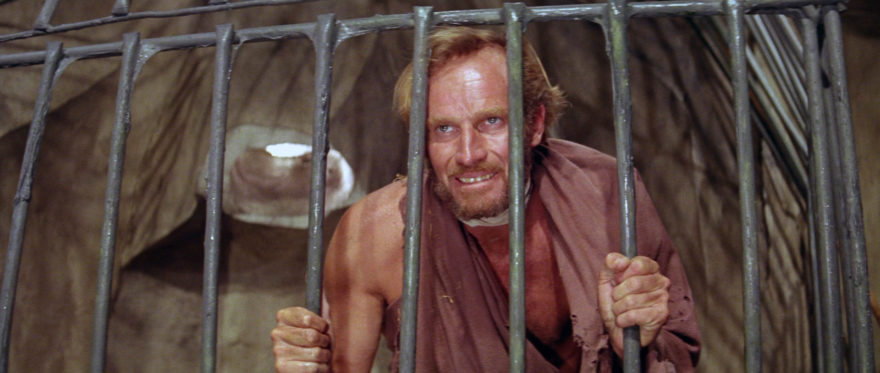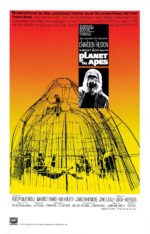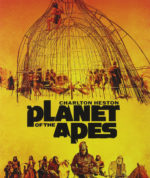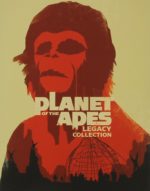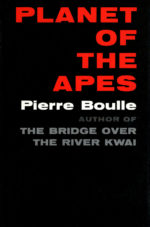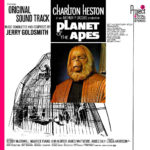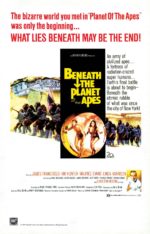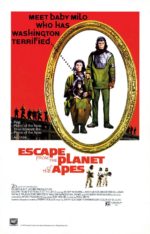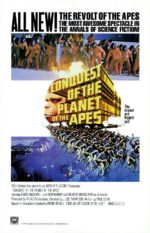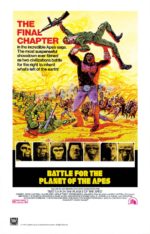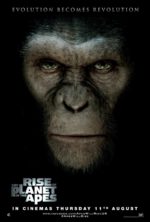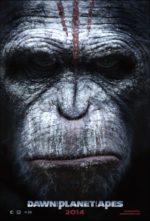A milestone science fiction film, Planet of the Apes holds a mirror to society—revealing a backwards world where apes rule and man is a primitive animal. After travelling at near light speed and surviving a crash landing, three crew members find themselves stranded on a strange planet hundreds of years in the future.
As they wander through the dead and alien landscape, Taylor, a true cynic, taunts the others about how time has erased any speck of their contributions to society—even their loved ones— and then he claims to have left the Earth because he couldn’t “get rid of the idea that somewhere in the Universe there must be a creature superior to man.”
Taylor finds an ironic answer to his search when they discover a primitive tribe of humans who can’t even speak. Rounded up like animals, all of the humans are captured by an intelligent group of apes who talk, joke, and even get their photos taken with the strung up bodies of the humans they just killed. Captured in this strange land, his only goal is to escape to freedom.
The film is an adaptation of the French novel, La Planète des singes, by Pierre Boulle (who also wrote the novel The Bridge over the River Kwai). An early draft of the screenplay was written by Rod Serling, the famous host and creator of The Twilight Zone television series. Many of his ideas, including the astounding ending, were kept in the final film.
A huge stumbling block to getting the film made was creating convincing makeup for the apes. Twentieth Century Fox commissioned makeup designer John Chambers for a test shoot with Charlton Heston (who played Taylor) and Edward G. Robinson made up as an evolved ape. Robinson ultimately declined the part, as he feared he would be unable to endure the daily 4-hour makeup sessions—but the screen tests were a success, which allowed the project to be filmed, and ultimately earned Chambers an honorary Oscar for Outstanding Makeup Achievement.
Not unlike the score to Forbidden Planet, Jerry Goldsmith’s atonal music for Planet of the Apes was quite revolutionary. His experimental methods, like turning the mouthpieces of the French horns backwards and using stainless steel bowls for the percussion, achieved a boldly unique score that was nominated for an Oscar—and is respected to this day.
In the late 60s, fears of a nuclear holocaust and growing unrest with the war in Viet Nam helped the film tap into a restless audience who distrusted authority. It became an enormous success that spawned four sequels from 1970–73: Beneath the Planet of the Apes, Escape from the Planet of the Apes, Conquest of the Planet of the Apes and Battle for the Planet of the Apes as well as a short-lived tv series. Tim Burton directed a rather poor remake in 2001 and a new series of films was re-booted a second time with the 2011 release of the prequel, Rise of the Planet of the Apes.
Enjoying the site? If so consider supporting it with alien-infused caffeine…


